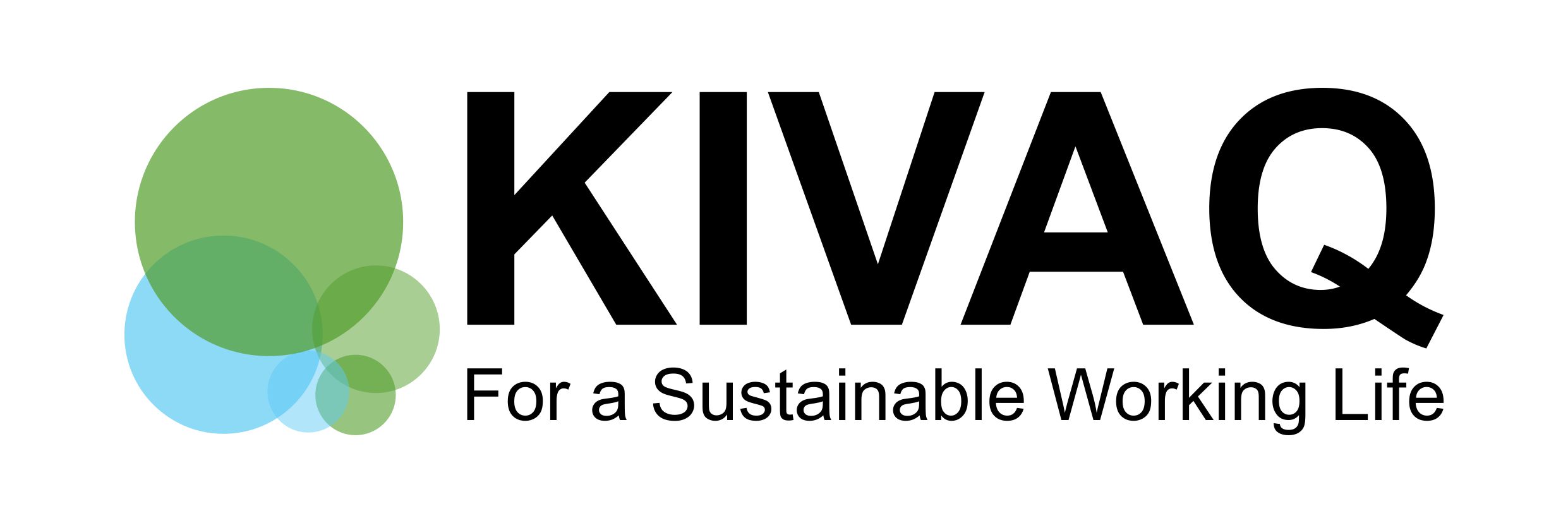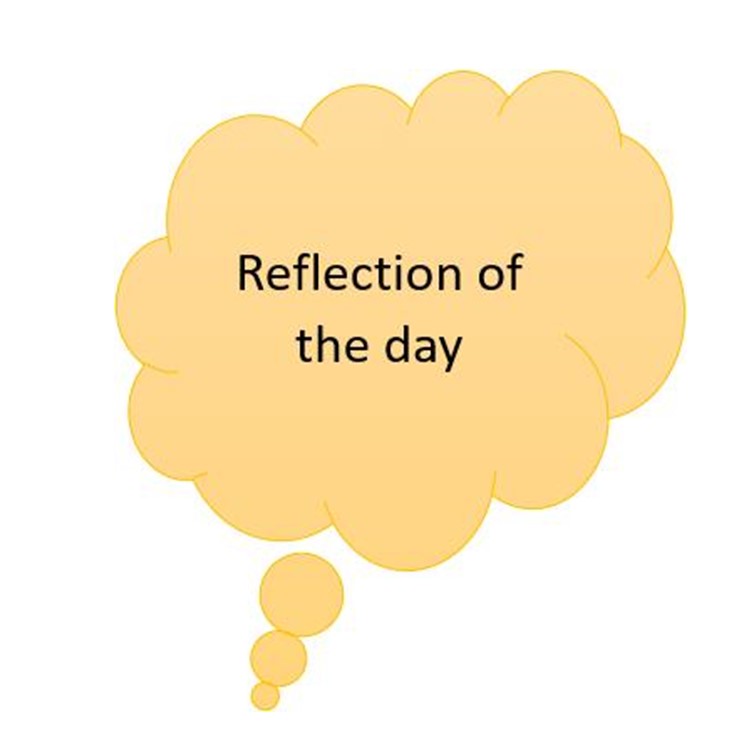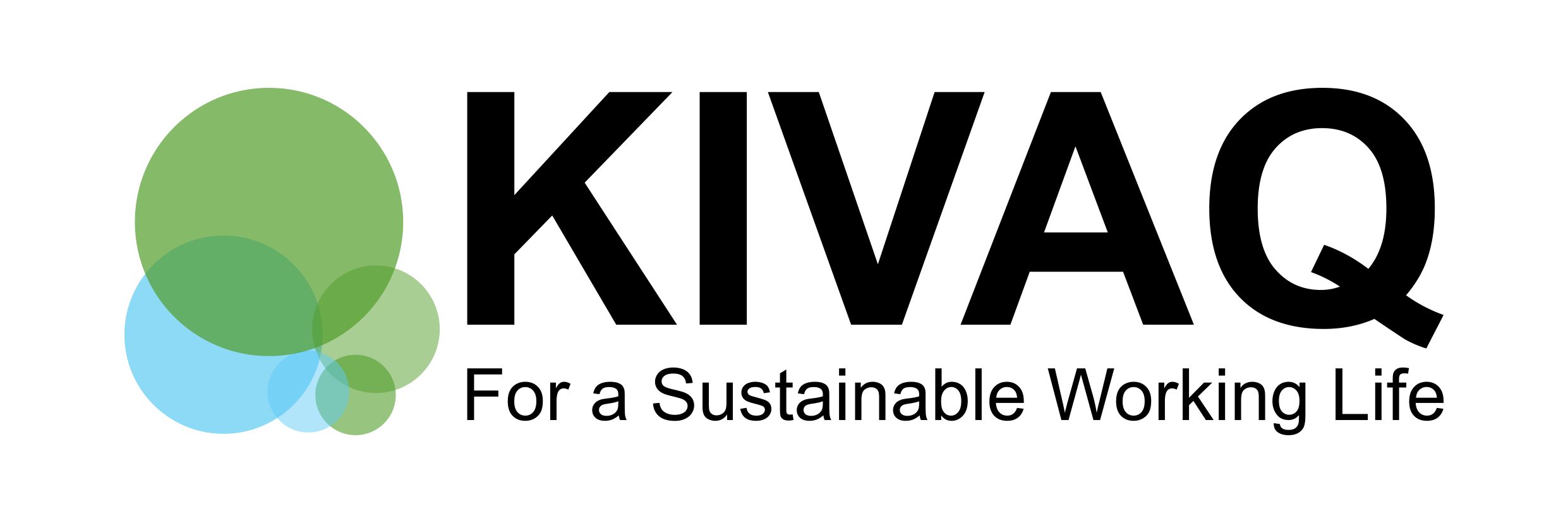Who are you and what do you do?
Mirja Ulmanen, Training and Development Services Mirja Ulmanen Oy, www.koulutuspalvelut.fi
I provide training and development services to companies and work communities of all sizes. Work well-being is an important element in every coaching. I do not offer an off-the-shelf consulting package, but each coaching is tailored to each need and task at hand. The work community is a community, that is why my coaching usually includes a group. Also difficult issues arise and are discussed in a faciltated group, for example implementing new ways of working or poor personal chemistry. In a safe atmosphere, you can say things out loud, ask questions, burst, argue and also snort. I bring forward good things and also the bad things. It is important to really listen to people both in terms of well-being and unhappiness. Motto: “I always use the right amount of humor”
Why did you start using the KivaQ W work well-being questionnaire?
I participated in a survey for women entrepreneurs about 10 years ago. I liked the simplicity and how the review of the questionnaire result was done and how the employees themselves are involved in the development work. After all, they know the pitfalls of the everyday work in practice. The tool seemed suitable for my consulting business and I participated in the facilitator training organized by KivaQ Oy Ab.
What are the benefits for you as a consultant and for your customers?
As a consultant, I appreciate that I can carry out the survey together with the customer without a third party, the implementation itself is super-fast if necessary and the response rate has pleasantly surprised my customers. Likewise, the processing of results supports the company’s already ongoing development projects. With the help of the survey, I have also been able to get closer involved with the company and continue development work, for example Lean projects. I also get information about the effectiveness of my own work through the questionnaire.
The customer does not pay unnecessary fees and the questionnaire provides good numerical indicators for tracking and follow-up. It is easy for the customer to understand the short questionnaire because they won’t drown in unnecessary information. The questionnaire quickly reveals development needs. I have often created additional questions that are relevant to that particular company.
What would you recommend to other workplace development consultants?
Explore and test the questionnaire and the workshop. Participate in the training yourself. You get a good tool for your business without unnecessary licenses or contract fees. If needed, you can get expert support from KivaQ. You will have access to more than 30,000 responses from the reference material. The application’s fast cross-tabulation is a very good way to engage all staff.




